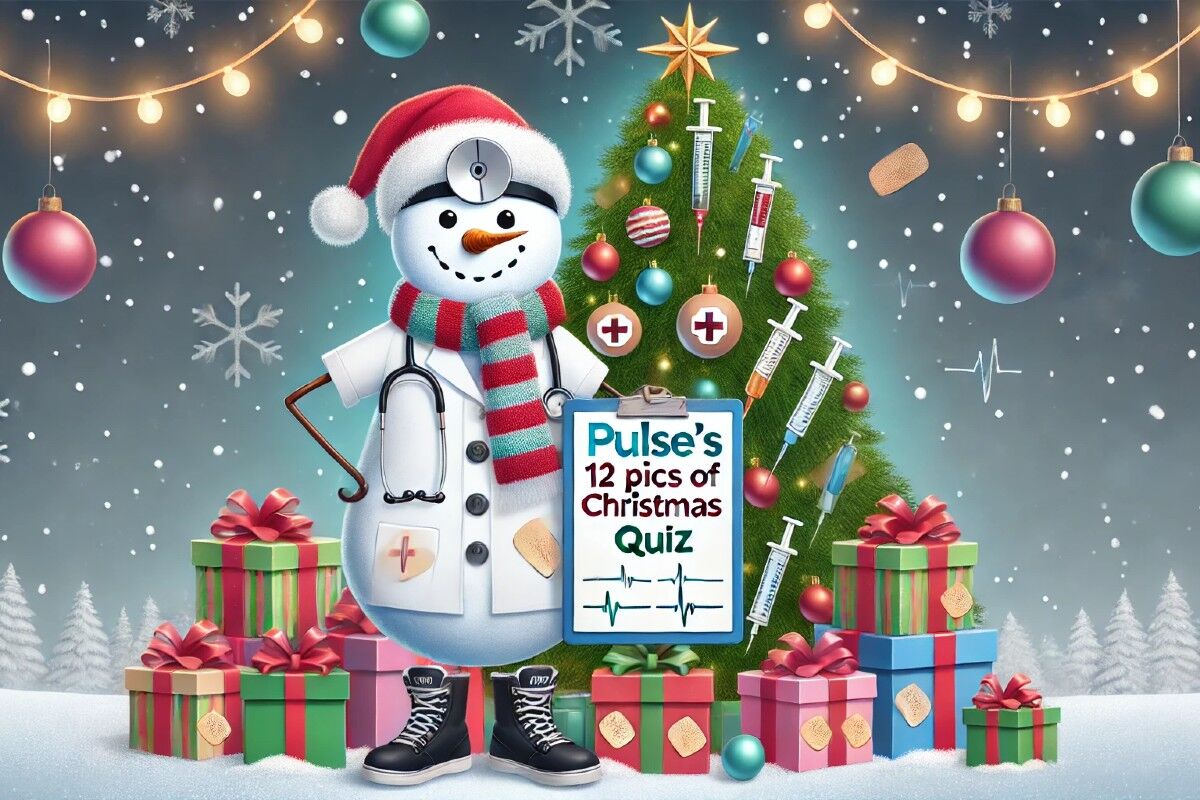GPs will have to carry out a battery of assessments to ensure they have an ‘objective’ diagnosis of asthma – including exhaled FeNO and bronchial challenge tests – under proposed NICE guidance.
The new draft guidelines completely bypass the option to carry out a trial of therapy as means to diagnose asthma – currently advised by the recently updated gold-standard SIGN/BTS guidelines on diagnosis – and will see GPs required to get extra tests to confirm a diagnosis.
These will include in some cases measurement of airways inflammation and hyper-reactivity – or ‘twitchiness’ – for which tests are currently not widely available, even in specialist services.
According to NICE, new guidelines on diagnosis and monitoring of asthma are needed because ‘there is evidence that incorrect diagnosis is a significant problem’.
Studies suggest up to 30% of people do not have clear evidence of asthma and while some may previously have suffered it, many patients will have been wrongly diagnosed as asthmatic, NICE advisers said.
The move was welcomed by GP experts in respiratory medicine although they cautioned that the guidelines would need significant investment to implement – irrespective of whether GPs are expected to perform the tests themselves in primary care, or to refer more patients to secondary care for investigations.
The draft guidelines cover both children and adults, and key recommendations for those aged over five years include the need to carry out ‘objective’ testing to diagnose asthma, including initial spirometry tests, follow-up bronchodilator reversibility (BDR) tests and exhaled FeNO tests.
Bronchial challenge tests are also recommended in some cases where there is still uncertainty over the diagnosis.
Any patients considered likely to have occupational asthma should be referred to a specialist straight away, while for children aged under five, GPs should treat symptoms based on their clinical judgement and only perform further tests once the child is considered old enough to take part – usually at around five years of age.
Dr Kevin Gruffydd-Jones, GPSI in respiratory medicine who practices in Box, near Bath, said that more sophisticated tests would be required in ‘a significant number of cases’.
He continued: ‘Tests for exhaled nitric oxide to measure inflammation, and airways hyper-reactivity tests for “twitchy” airways are not widely used at present. The guidelines don’t specify whether these extra investigations should be done by GPs or specialists – but whoever does it, this has got big implications if we are going to do more objective tests – it’s either going to mean a lot more referrals to specialist providers, or primary care will need investment to provide these tests.’
NICE draft asthma diagnosis guidelines – key recommendations
Diagnosing asthma: objective tests in adults and children over five
Use spirometry as the first-line investigation in adults and children over the age of five
– FEV1/FVC less than 70% indicates obstructive spirometry
Next offer a bronchodilator reversibility (BDR) test to anyone with obstructive spirometry. Positive BDR result indicated by:
– Improvement in FEV1 of 12% or more, in children aged 5-16
– Improvement in FEV1 of 12% or more plus increase in volume of 200ml or more, in older patients
Offer a FeNO test in adults and young people older than 16 if considering a diagnosis of asthma
– FeNO of 40 ppb or more indicates positive test
Offer a direct bronchial challenge test with histamine or methacholine in adults and young people older than 16 if there is diagnostic uncertainty after a normal spirometry and either:
– FeNO level of 40 ppb or more and no variability in peak flow readings or
– FeNO level of 39 ppb or less with variability in peak flow readings
Diagnosing asthma in under-fives
Treat symptoms based on observation and clinical judgement in children younger than five years. If asthma still suspected, when the child is old enough to take part in objective tests (usually around the age of five), perform these and review the diagnosis
NICE – Asthma: diagnosis and monitoring of asthma in adults, children and young people
Visit Pulse Reference for details on 140 symptoms, including easily searchable symptoms and categories, offering you a free platform to check symptoms and receive potential diagnoses during consultations.










